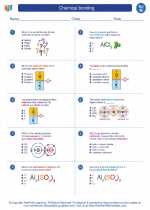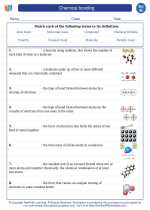Anatomy of the Respiratory System
The respiratory system is divided into the upper respiratory tract (nose, nasal cavity, pharynx, and larynx) and the lower respiratory tract (trachea, bronchi, bronchioles, and alveoli). The diaphragm and intercostal muscles play a crucial role in the process of breathing.
Mechanics of Breathing
Breathing involves two processes: inspiration (inhaling) and expiration (exhaling). During inspiration, the diaphragm contracts and moves downward, while the intercostal muscles contract, causing the ribcage to expand. This increases the volume of the thoracic cavity, leading to a decrease in pressure and the influx of air into the lungs. During expiration, the diaphragm and intercostal muscles relax, leading to a decrease in the volume of the thoracic cavity, an increase in pressure, and the expulsion of air from the lungs.
Gas Exchange
Gas exchange occurs in the alveoli, where oxygen from the inhaled air diffuses into the bloodstream, while carbon dioxide from the blood diffuses into the alveoli to be exhaled. This process is facilitated by the thin walls of the alveoli and the extensive network of capillaries surrounding them.
Regulation of Respiration
The respiratory center in the brainstem regulates breathing based on input from chemoreceptors that monitor the levels of oxygen, carbon dioxide, and pH in the blood. The respiratory rate and depth are adjusted to maintain homeostasis and ensure that the body's tissues receive adequate oxygen and are able to eliminate carbon dioxide.
.◂Science Worksheets and Study Guides Eighth Grade. Chemical bonding

 Worksheet/Answer key
Worksheet/Answer key
 Worksheet/Answer key
Worksheet/Answer key
 Worksheet/Answer key
Worksheet/Answer key
 Vocabulary/Answer key
Vocabulary/Answer key
